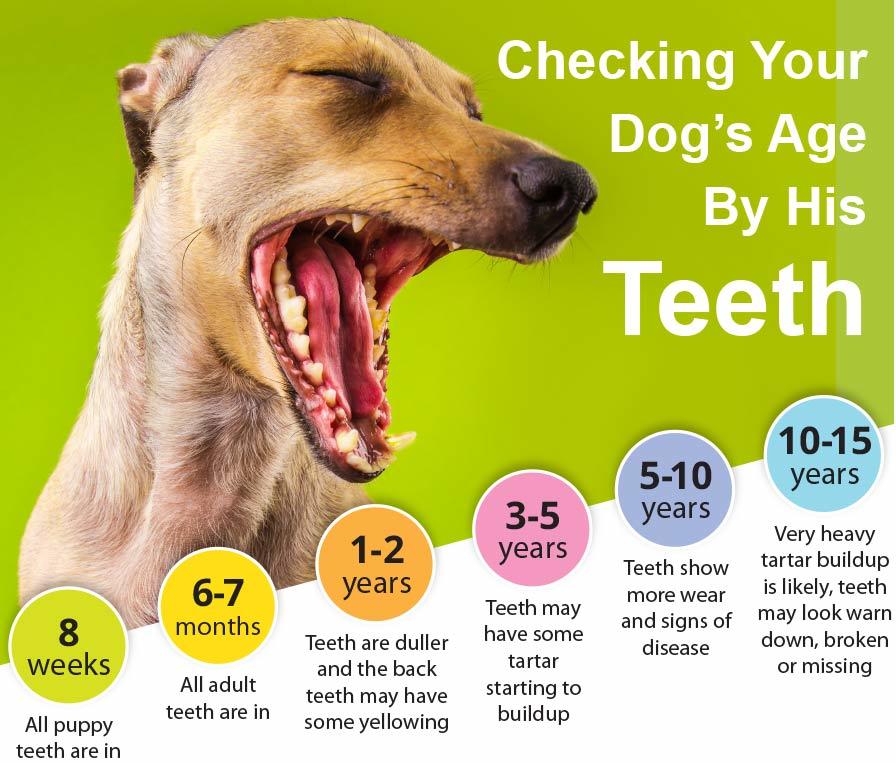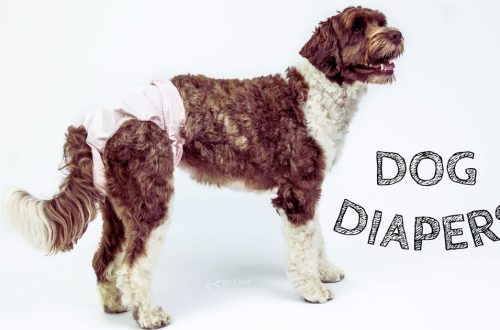
How to determine the age of a dog by teeth
There are several methods to determine the age of a dog. The most effective of them is the analysis of the condition of the teeth, which changes throughout life. At an early age, milk ones will be replaced by permanent ones, which, in turn, wear down and break down over time. Thus, the condition of the pet’s teeth can tell about his age and with a fairly high accuracy! But what exactly should you pay attention to?
As a rule, representatives of large breeds live up to 10 years, and the life expectancy of medium, small and miniature dogs is somewhat higher. Their existence can be divided into 4 main periods. In turn, each major period is divided into small time periods, characterized by corresponding changes in the teeth. Consider how their condition changes depending on the age of the dog.
- From the first days of life to 4 months – at the beginning of this period, milk teeth begin to erupt, and towards the end they fall out.
- 30th day – they appear;
- 45th day – milk teeth erupted in full;
- 45th day – 4 months. – begin to wobble and fall out.
- From 4 to 7 months – permanent teeth come to replace.
- 4 months – permanent ones appear in place of the milk that has fallen out;
- 5 months – incisors erupted;
- 5,5 months – the first false-rooted teeth erupted;
- 6-7 months – upper and lower canines have grown.
- From 7 months to 10 years – permanent ones slowly wear out and wear out.
- 7-9 months – during this period, the dog erupts a full set of teeth;
- 1,5 years – the front incisors of the lower jaw are ground;
- 2,5 years – the middle incisors of the lower jaw are worn down;
- 3,5 years – the anterior incisors of the upper jaw are ground;
- 4,5 years – the middle incisors of the upper jaw are worn down;
- 5,5 years – the extreme incisors of the lower jaw are ground;
- 6,5 years – the extreme incisors of the upper jaw are ground;
- 7 years – the front teeth become oval;
- 8 years – fangs are erased;
- 10 years – most often at this age, the dog’s front teeth are almost completely absent.
- From 10 to 20 years – their destruction and loss.
- from 10 to 12 years – complete loss of the front teeth.
- 20 years – loss of fangs.
Guided by the certificate, you can determine the age of the dog by the teeth. But don’t forget that they can break and get damaged just like ours, and a broken upper incisor will not be a sign of old age! For more confidence, ask your veterinarian to determine the age of the dog: this way you will not only find out the exact information, but at the same time test yourself and improve your skills.





